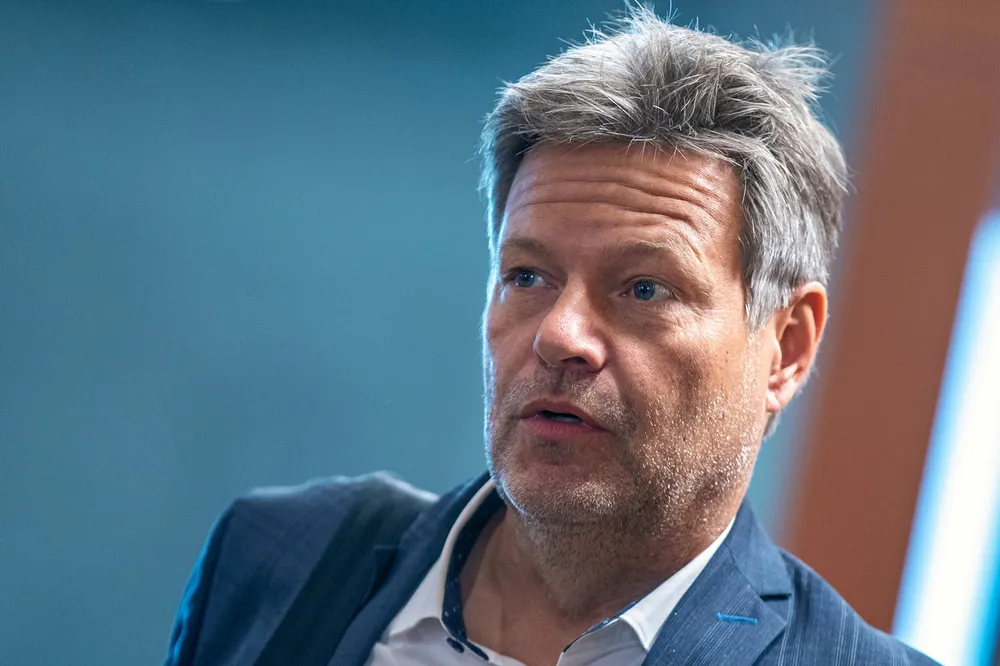Hydrogen in industry | Germany to set aside roughly €50bn for Carbon Contracts for Difference subsidy scheme
'Mid double-digit billion euro' cash pot will help industrial emitters invest in decarbonising technologies such as green steel made with renewable H2
